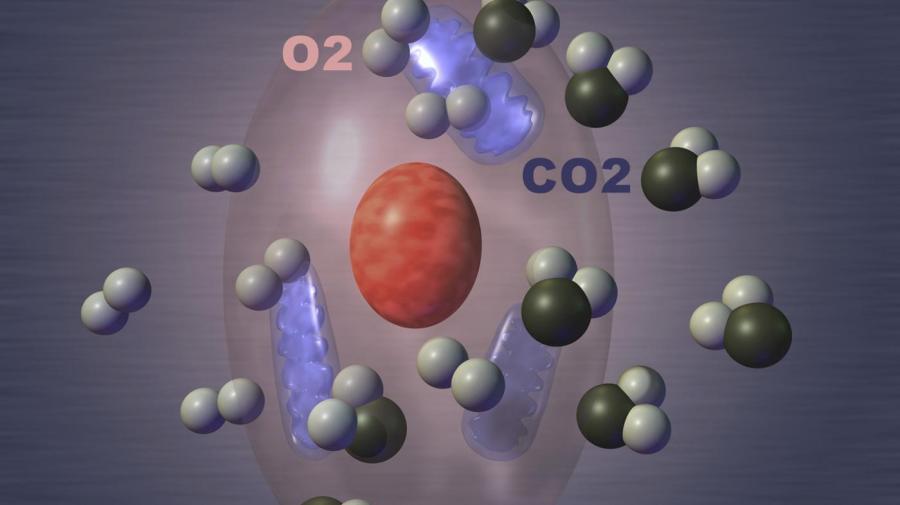What Are the Four Steps in Cellular Respiration?

In chronological order, the four steps of cellular respiration are glycolysis, a transition reaction, the Krebs Cycle and an electron transport chain. Cellular respiration occurs in the cytoplasm and in the mitochondria.
Glycolysis occurs in the cytoplasm, and it allows one glucose molecule to split into two molecules of pyruvic acid. Next, the transition reaction moves the pyruvic acid into the mitochondria, where it is converted into acetyl coenzyme A. Next, the Krebs Cycle occurs in the mitochondria and produces four molecules of ammonium triphosphate and numerous molecules of reduced nicotinamide adenine dinucleotide. Finally, the electron transport chain in the mitochondria produces approximately 32 molecules of ATP and finishes the process of cellular respiration. In total, approximately 38 molecules of ATP are produced for every molecule of glucose.





